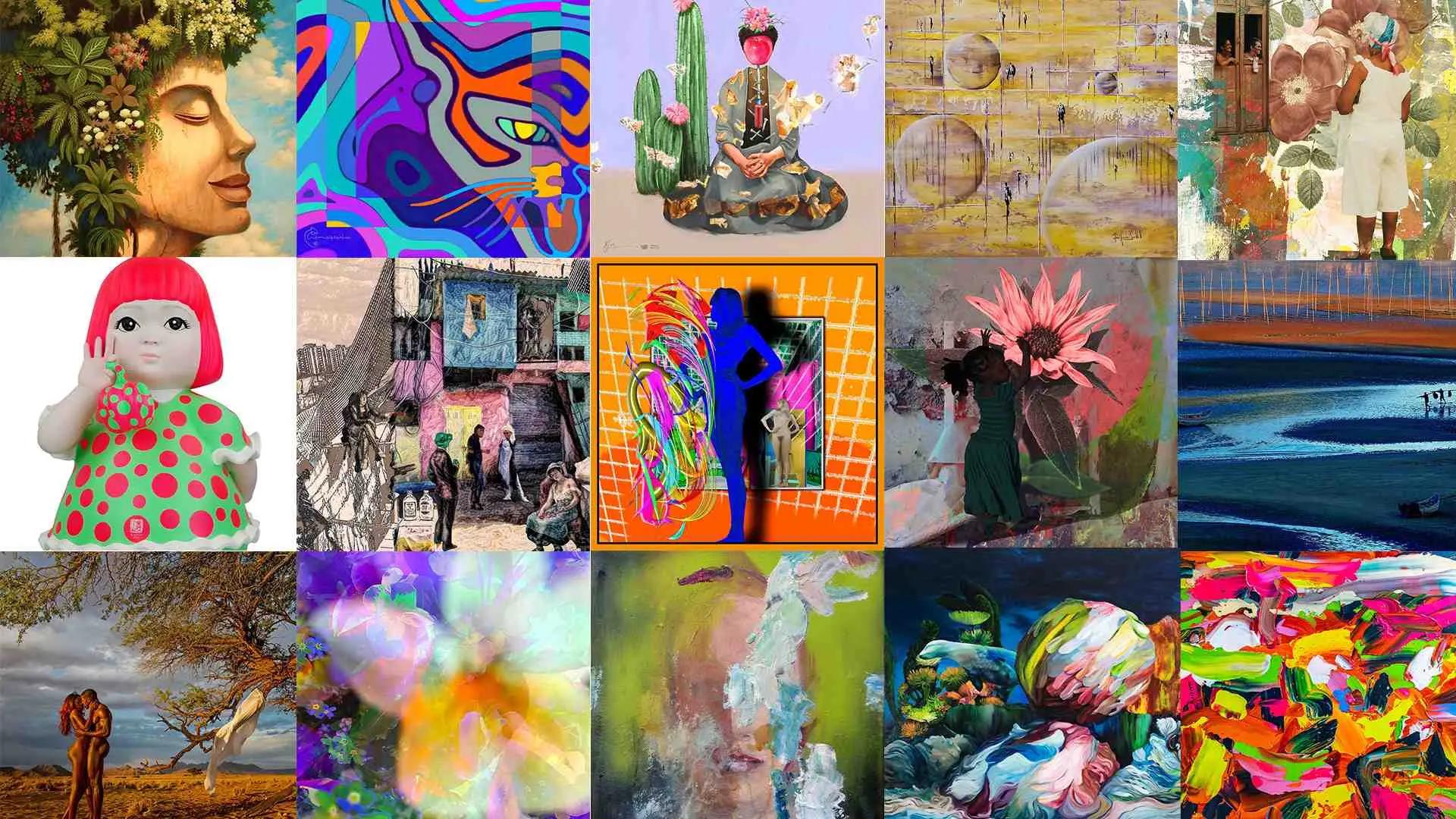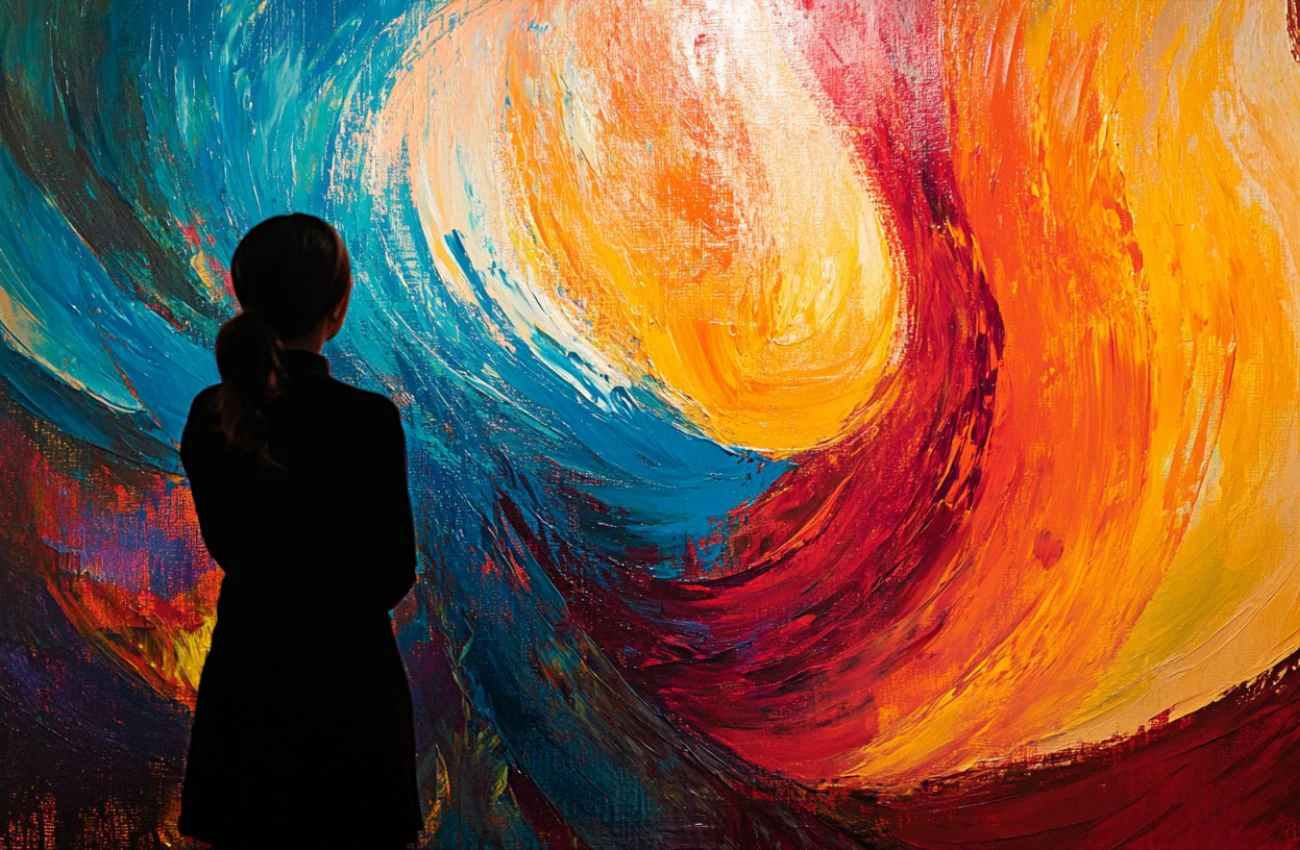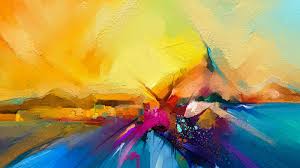The integration of Artificial Intelligence (AI) into the artistic process has been a topic of growing interest and debate in recent years. While many view AI as a disruptive force that could replace human creativity, others believe that AI can serve as a valuable tool to enhance the artistic process for traditional artists. In this article, we will explore how AI can aid artists in their creative journey by assisting with ideation, composition, technique, and even offering new forms of artistic expression.
AI as a Creative Assistant
One of the most significant ways AI can enhance the artistic process is by acting as a creative assistant. Traditional artists often face creative blocks or may want to experiment with different concepts and compositions. AI-powered tools can generate ideas, suggest color schemes, or even produce initial drafts based on an artist’s input, giving them a starting point to refine and build upon. These AI systems are trained on large datasets of artworks and are able to create new concepts that blend different styles and techniques.
Example: AI platforms like DeepArt or Runway ML allow artists to input a rough sketch or concept and have AI algorithms generate a variety of designs based on the chosen style. These tools can help an artist break free from creative stagnation and explore novel directions for their work.
AI in the Technical Aspects of Art Creation
AI can also be incredibly useful in the technical aspects of the artistic process. For instance, AI-powered software can assist with tasks like photo manipulation, 3D modeling, and animation, saving artists time and allowing them to focus on the more conceptual and creative elements of their work. Traditional artists who specialize in physical media can also use AI tools to simulate certain effects, such as textures or lighting, before committing to the final piece.
Example: Artists who work in digital media, like digital painting or concept art, can use AI-based tools such as Adobe Sensei to automate certain design tasks. For example, AI can help artists adjust the lighting of an image, add complex textures, or even remove unwanted elements from a piece, all of which enhance the creative possibilities for the artist.
AI and the Expansion of Artistic Expression
AI doesn’t just assist with technical and creative tasks—it also expands the realm of what is possible in terms of artistic expression. Artists can use AI to experiment with generative art, where the system creates an image based on pre-set parameters that the artist defines. This opens up new avenues for interactive and dynamic art, as AI can produce pieces that evolve over time or react to external stimuli.
Example: AI-generated art installations, such as those created by Refik Anadol, demonstrate the potential for AI to create immersive and interactive art. Anadol uses AI and data visualization to produce real-time art that responds to changing information, like weather or public behavior, offering an entirely new way for audiences to experience art.
Collaboration Between Human Artists and AI
Rather than seeing AI as a replacement for human creativity, many artists view it as a collaborative partner that can enhance their skills and expand their vision. By working with AI, artists can explore unfamiliar artistic practices and experiment with new ideas without feeling constrained by traditional techniques. AI provides a form of creative freedom, offering a way to blend the artist’s ideas with the machine’s ability to process and generate diverse outputs.
Example: The artist Mario Klingemann has collaborated with AI to create mesmerizing generative art that combines the traditional forms of portraiture with machine-generated algorithms. His works use machine learning to explore human faces in new and surreal ways, demonstrating how AI can collaborate with artists to create something truly unique.
Conclusion
AI offers exciting opportunities for traditional artists to expand their creative process, push boundaries, and explore new forms of artistic expression. From serving as a creative assistant to enhancing technical skills and offering entirely new forms of interaction with art, AI is opening up new frontiers for artists in ways that were previously unimaginable. However, AI is not here to replace human creativity—it is here to assist, augment, and collaborate with artists, helping them unlock their full creative potential.
As AI continues to evolve, the relationship between artists and technology will grow stronger, leading to the creation of groundbreaking art that fuses human ingenuity with machine learning. The future of art may lie in the creative partnerships formed between artists and AI, allowing for the emergence of entirely new artistic genres and experiences.




